How do you create a garden for pollinators?
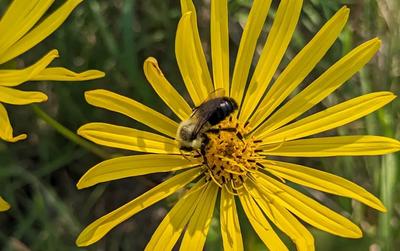
Learn how to grow a garden which will provide habitat to crucial pollinators like bees, butterflies and hummingbirds.
Why Pollinators Matter
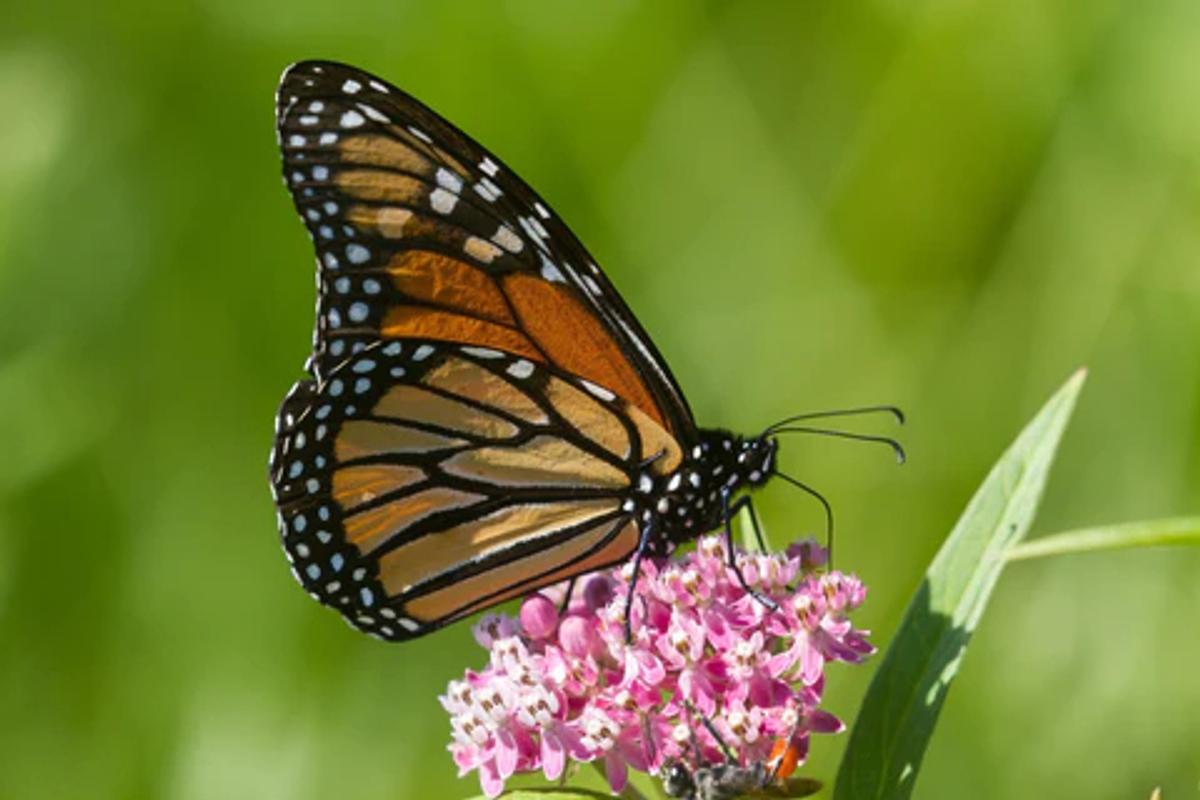
Bees, butterflies, hummingbirds, and other pollinators play a vital role in keeping ecosystems—and our food systems—alive. They help plants reproduce, which in turn supports the animals that rely on those plants for food and habitat. In fact, pollinators are responsible for fertilizing nearly 75% of the world’s food crops, making them essential to both the environment and the global economy.
But pollinator populations are in trouble. Habitat loss, pesticide use, and human development are driving alarming declines. The good news? As gardeners, we can be part of the solution. By planting pollinator gardens filled with native plants, we can help reverse this trend and rebuild the habitats pollinators depend on.
Why Native Plants?
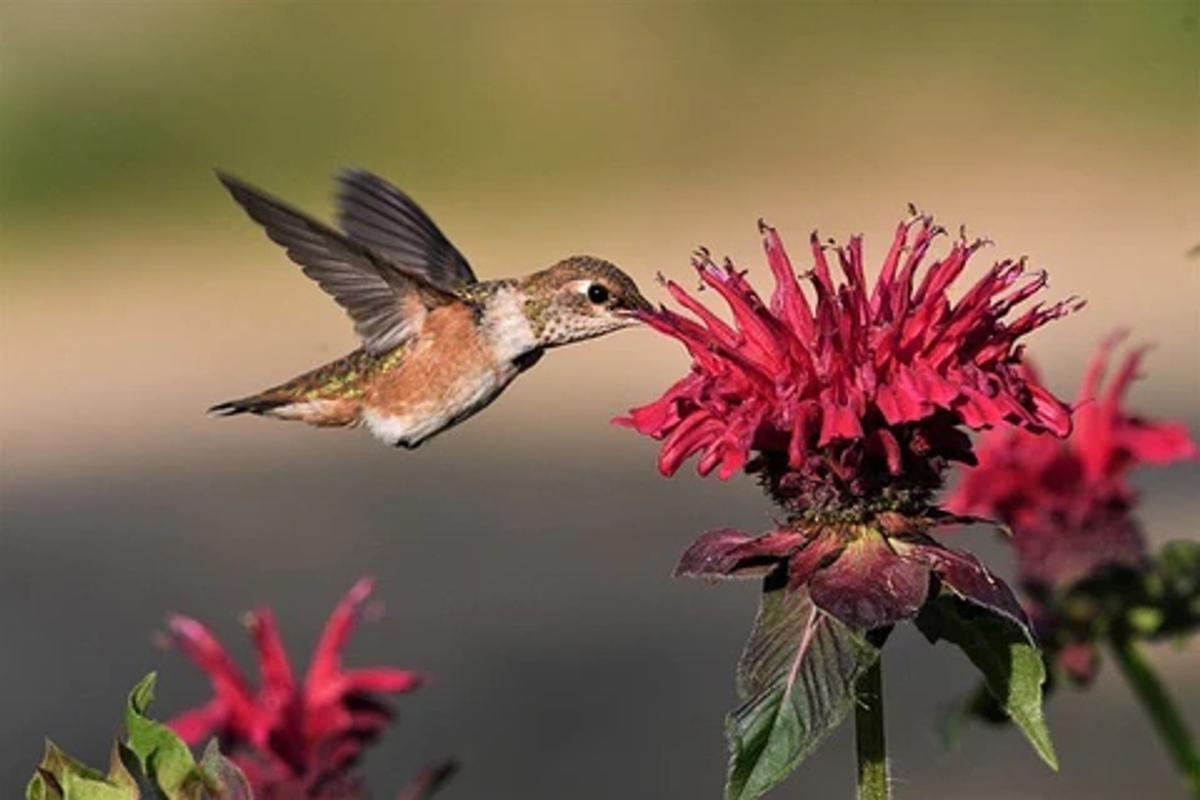
Native plants have evolved over thousands of years to thrive in the specific soils, climates, and ecosystems of their region. They’re not only tough and low-maintenance—they’re also the plants local pollinators know and depend on. These time-tested relationships between native plants and wildlife are what make native species so powerful in a pollinator garden.
Unlike traditional turfgrass or non-native ornamentals, native plants offer the nectar, pollen, and shelter that native bees, butterflies, and birds need to survive. By choosing natives, you can create a garden that’s not only beautiful, but also ecologically rich and uniquely adapted to your location.
In this guide, you’ll learn how to create your own pollinator-friendly garden using native plants—and how My Home Park makes it easy with regionally tailored, ready-to-plant garden collections.
What is a Pollinator Garden?
A pollinator garden is designed to attract and support pollinating species like bees, butterflies, hummingbirds, and beneficial insects. These gardens rely on a curated mix of native plants that provide nectar, pollen, host plants, and nesting habitat—ensuring pollinators have what they need to thrive throughout the seasons.
What Makes a Great Pollinator Garden?
Pollinator gardens aren’t just about pretty flowers. The best ones are thoughtfully designed to provide food, shelter, and nesting space for a wide range of species. A great pollinator garden blends beauty and ecological function—supporting wildlife while offering year-round color and texture.
How to Create a Pollinator Garden with Native Plants
Creating a pollinator garden can feel overwhelming at first, but it doesn't have to be. Follow these simple tips to build a thriving native garden that supports pollinators and looks beautiful doing it.
1. Choose Native Plants for your region

tart by selecting native species that are well-suited to your local climate, sun exposure, and soil type. Knowing your region’s pollinators will also help guide plant choices.
Here’s how to find the right plants:
- Visit local native plant nurseries and garden centers—they often carry regionally appropriate species and can offer expert advice.
- Use online native plant databases that allow you to search by ZIP code or ecoregion.
- Or, take the guesswork out of it by exploring My Home Park’s pre-designed native plant collections, curated specifically for your state and growing conditions.

2. Prioritize Plant Diversity
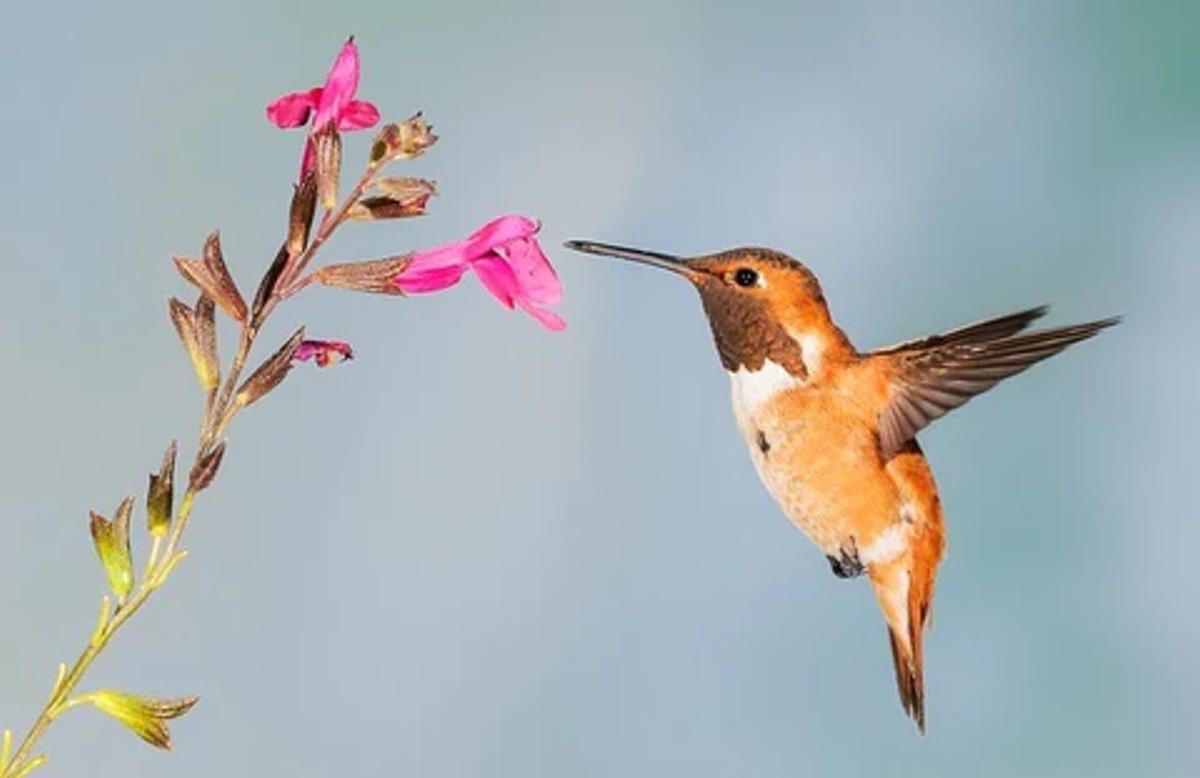
Don’t settle for just one or two species. A diverse mix of plants with different colors, bloom times, heights, and flower shapes will attract a wider variety of pollinators.
Some general guidelines:
- Native bees are especially drawn to purple, blue, and yellow flowers like coneflowers and black-eyed Susans.
- Butterflies love red, yellow, and pink blooms. Try milkweed (Asclepias spp.) for monarchs (included in many My Home Park kits).
- Hummingbirds prefer brightly colored, tubular flowers such as cardinal flower or trumpet vine.
Choose species that bloom at different times of the year to provide nectar and pollen from early spring through late fall. Avoid double-flowered hybrids—they may look showy but often lack nectar or accessible pollen.
Planting in clumps or masses can also help pollinators find your flowers more easily and maximize food availability in one spot.

3. Include Host plants

Host plants are critical for supporting the full life cycle of pollinators. These are the plants where insects lay eggs and their larvae feed—think milkweed for monarchs.
Include host plants in your design, and consider adding:
- Bee hotels
- Hollow plant stems
- Brush piles or bare patches of ground (great for ground-nesting bees)
Seeing chewed leaves or small holes? That’s not damage—it’s a sign your garden is doing its job!

4. Leave Seed Heads Through Winter
Seed heads aren’t just ornamental—they’re a food source. Plants like coneflower (Echinacea purpurea), butterfly weed (Asclepias tuberosa), and wild bergamot (Monarda fistulosa) produce seeds loved by native birds.
Resist the urge to deadhead in fall. Leaving seed heads intact helps feed wildlife through the colder months and adds winter interest to your garden.
5. Prepare the Soil As Needed
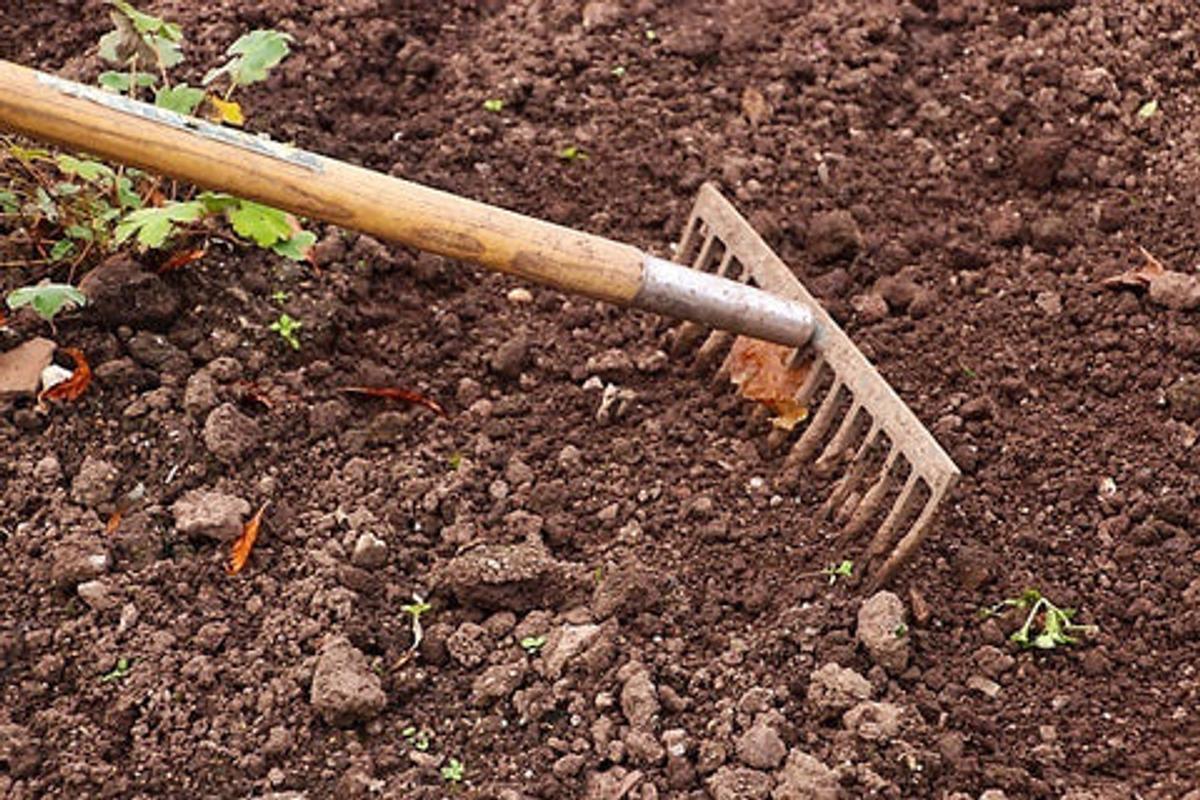
Healthy soil sets the stage for a thriving pollinator garden. Get to know your soil type (loamy, sandy, clay, etc.) and amend as needed:
- If your soil is compacted or heavy, loosen it and add compost or organic matter for better drainage.
- If it's sandy or nutrient-poor, enrich it with compost to improve water retention and fertility.
Leave some patches of bare, undisturbed soil—ground-nesting bees need access to open earth to build their nests.
6. Avoid Pesticides and Synthetic Fertilizers
Chemical pesticides, herbicides, and fertilizers can kill the very creatures you're trying to support—not to mention beneficial insects, soil organisms, and even birds.
Instead, try:
- Natural pest deterrents like neem oil or insecticidal soap
- Organic compost or mulch
- Ground covers or dense plantings to suppress weeds
Keeping your garden chemical-free ensures pollinators can thrive—and keeps your soil and waterways healthier, too.
Bring Your Pollinator Garden to Life with My Home Park
At My Home Park, we believe creating a vibrant, pollinator-friendly garden should be easy and rewarding. That’s why we offer pre-designed native plant collections that take the guesswork out of plant selection and garden planning.
Each collection is built for your state, your conditions, and your goals—whether you're planting a sunny slope, a rain garden, or a shady border. You’ll get a balanced mix of species with varying bloom times, colors, and forms to support pollinators from spring to fall.
Beginner or expert, we’ve got you covered. Explore our curated collections or reach out for help choosing the right one. Together, we can create a garden that’s buzzing with life.

Share this article


